You love your furry companion, but lately they’ve been acting more like a moody teenager than your sweet kitty. Before you blame it on their personality, consider this: your beloved feline might be grumpy because of something you’re unknowingly doing wrong.
Cats are incredibly sensitive creatures with specific needs and preferences. When those needs aren’t met, they can become irritable, withdrawn, or even aggressive. The good news? Most of these issues are completely fixable once you understand what’s bothering your cat. Let’s explore the most common mistakes that transform happy cats into grumpy ones.
Petting Them in All the Wrong Places
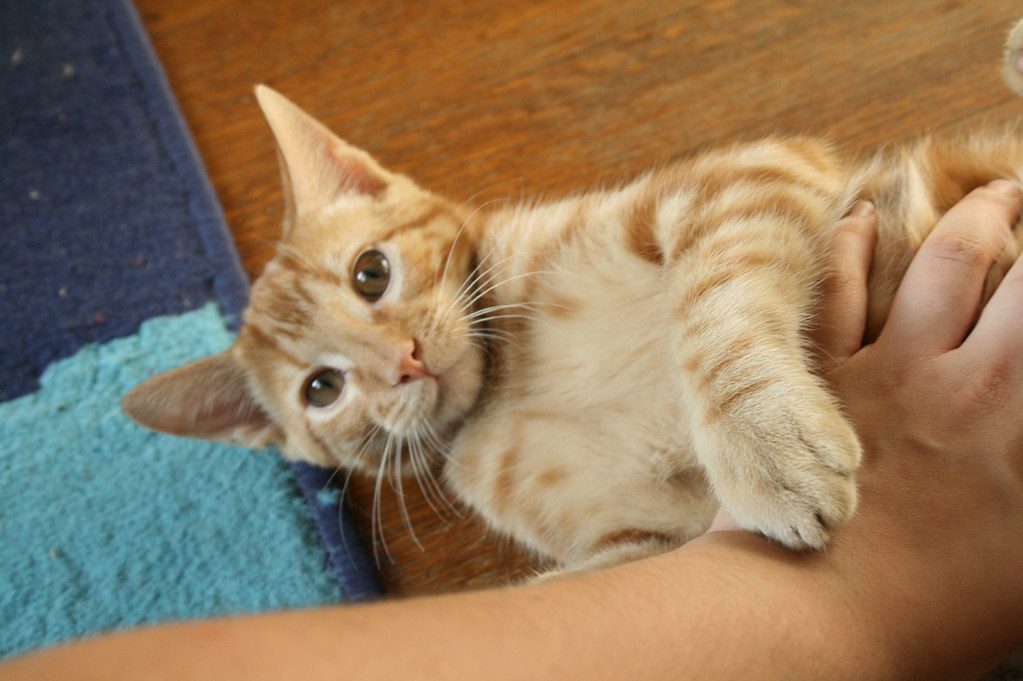
Research involving 120 cat owners interacting with unfamiliar shelter cats revealed a striking pattern: many owners, including those who consider themselves cat experts, consistently pet cats in areas that most felines find uncomfortable or unpleasant. The study found that participants frequently stroked cats on their legs, belly, back, and tail tip – all areas that cats typically prefer to keep off-limits to human touch.
Here’s the thing about cats: they have very specific zones where they enjoy being touched. Previous research by the same British scientists identified the three areas of the body where almost all cats liked to be touched: the base of the ears, the cheeks and under the chin. Yet many owners assume that if their cat tolerates belly rubs, it means they love them everywhere.
The belly is also a dangerous area – cats are most vulnerable here, and not all of them allow people to touch them. When you pet these sensitive areas, your cat might tolerate it initially but become increasingly agitated. The cat enjoys the human contact at first, but then the repetitiveness of the petting becomes irritating. The cat turns and bites as a way to say, “I’ve had enough.”
Forcing Interactions When They Want Space
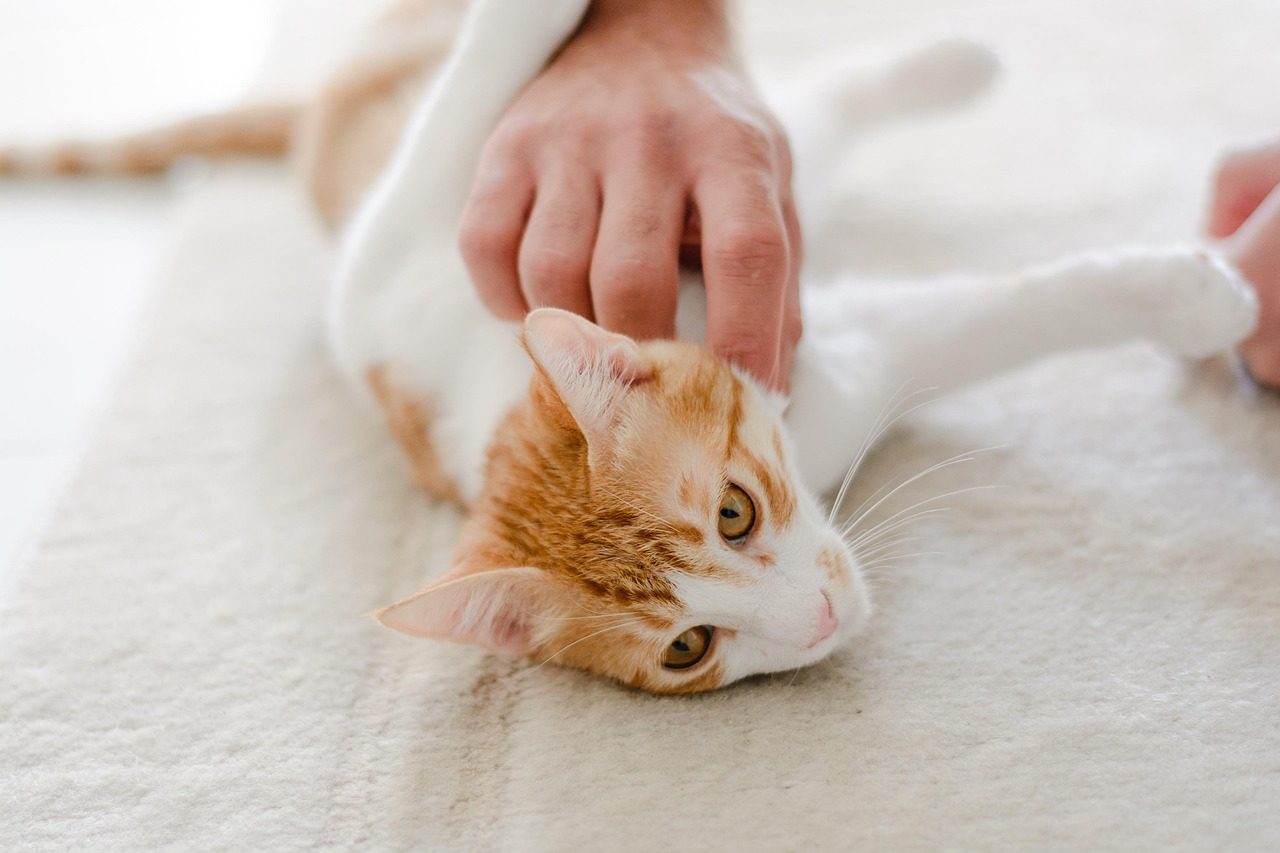
The second critical error involves forcing contact rather than allowing cats to initiate or control interactions. Many owners approach their cats and immediately begin petting or handling them without waiting for signs that the cat is receptive to contact. Think about it from your cat’s perspective. You wouldn’t appreciate someone constantly grabbing you for hugs when you’re not in the mood.
Cats are naturally cautious creatures who prefer to assess situations before engaging. Cats are naturally cautious animals that prefer to assess situations before engaging. When humans bypass this natural process and force interaction, it creates stress and can lead to avoidance behaviors or defensive responses from the cat.
“C” is for choice and control: Bend down and offer a hand, and let the cat decide if it wants to approach for snuggling. This simple change can dramatically improve your relationship with your feline friend.
Keeping Their Litter Box Filthy
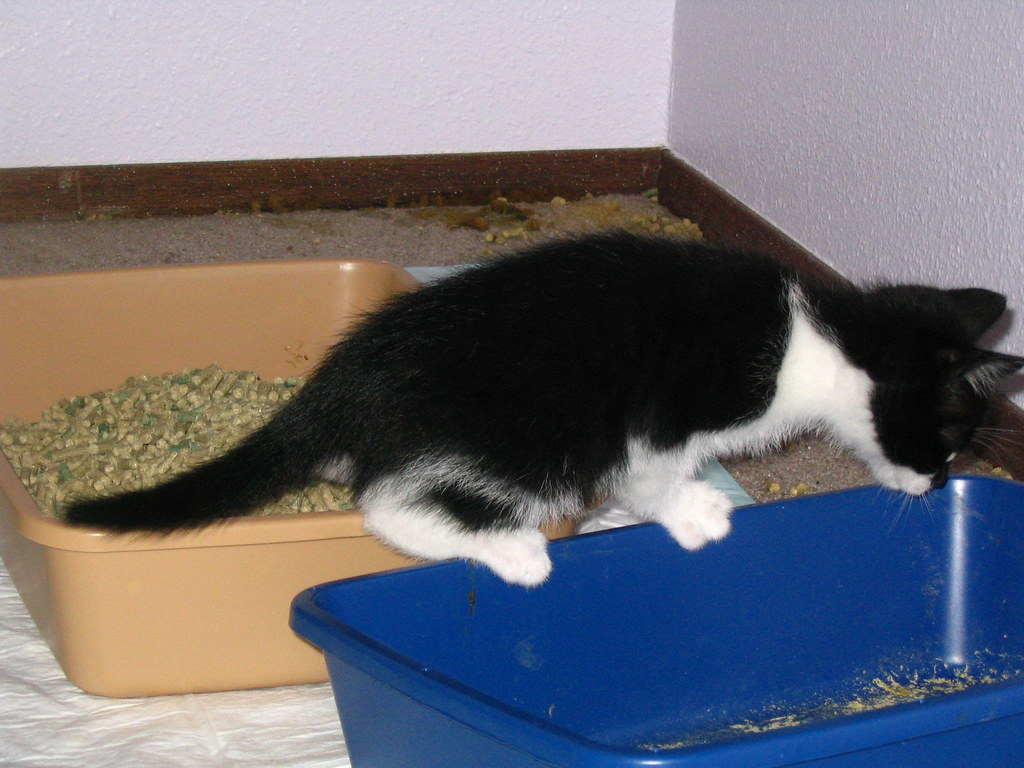
I’ve said it many times over the years – a dirty litter box is like an unflushed toilet – but yet many human family members don’t seem to understand how a dirty box is just as unappealing to a cat as a dirty toilet would be for us. This is honestly one of the most common mistakes I see cat owners making.
Cats prefer the litter box to be clean every time they use it. This means cleaning after every use or at least a couple of times per day, which is sometimes hard for cat owners to manage. An unclean litter box can make your cat reluctant to use the bathroom.
When cats can’t use a clean bathroom, they become stressed and may start eliminating elsewhere in your home. “Cats are naturally clean animals, and this comes straight from their wild instincts. In nature, cats bury their waste to avoid attracting predators and to keep stronger cats from tracking them,” Heafner explains to A-Z Animals. “A dirty litter box feels unsafe and stressful to them, which leads many cats to hold their urine, avoid the box, or look for cleaner places around the home.” The litter box should be scooped at least twice a day.
Overfeeding and Creating Food Obsession

The most common mistake I see is cat owners feeding their cats too much food per day. Over half the cats I see each day are overweight, and this trend is only increasing as cat parents overfill the food bowl, leave the bowl full and available all day, and forget that treats contribute to the cat’s total daily calorie intake. It’s like leaving an entire pizza out and expecting someone with willpower to just eat one slice.
There’s one main drive, says Virginia-based veterinarian Katy Nelson, DVM: leaving a bowl of food out all day. Especially if your kibble brand is high in carbs, your cat will be tempted to overeat. Overweight cats aren’t just less active – they’re often grumpier because they feel physically uncomfortable and may develop health issues that cause pain.
But being overweight significantly reduces a cat’s quality of life, making them more prone to developing diseases. Even being moderately overweight can shorten their lifespan. When your cat doesn’t feel good physically, their mood suffers too.
Punishing Natural Cat Behaviors

Punishing cats for this type of urination is a common mistake cat owners make. Many owners get frustrated when their cats scratch furniture, knock things over, or have litter box accidents and resort to yelling or other forms of punishment.
If a cat has been punished physically or verbally, it often results in fear and may lead to her displaying defensive aggression. Don’t ever punish a cat for what seems to be a misbehavior. This method is inhumane and totally counter-productive.
Scratching is a normal behavior for a cat. Your cat is only doing what comes naturally to him when he scratches. He’s not doing it because he’s mad at you and trying to “get even,” nor is he doing it because he doesn’t like your taste in furniture. Instead of punishment, provide appropriate outlets for these behaviors. Provide your cat with an acceptable scratching surface and take steps to encourage him to use it.
Ignoring Signs of Pain or Illness
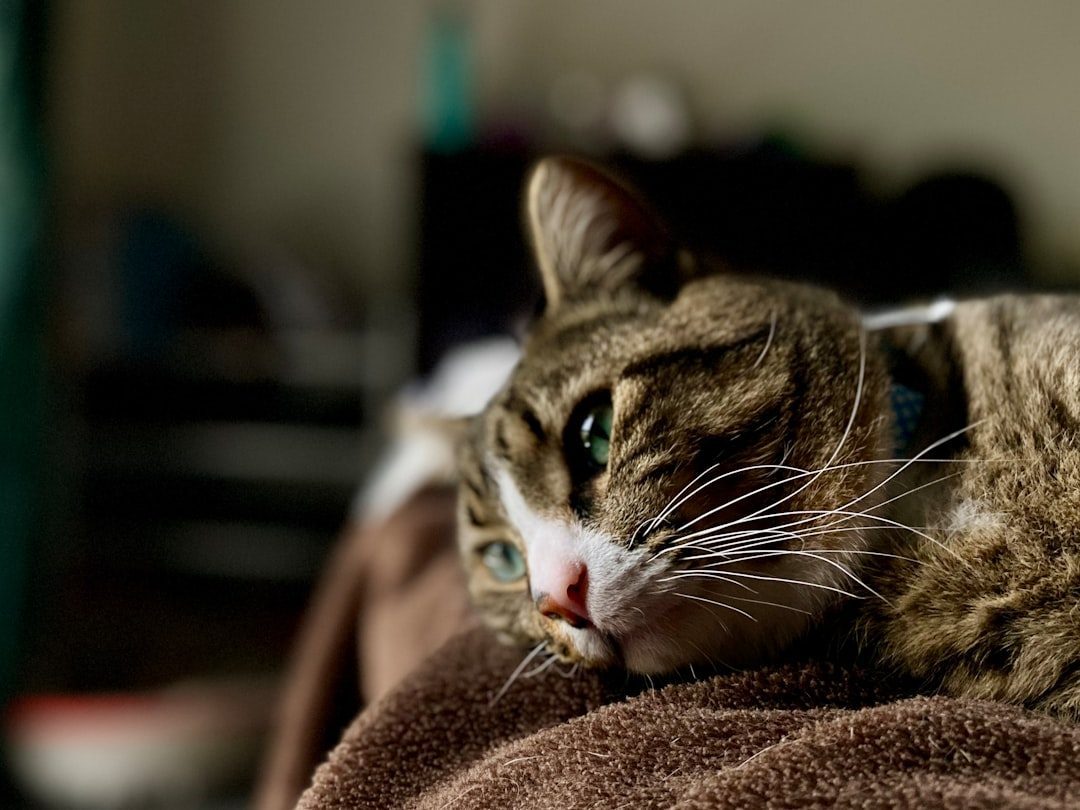
Cats are masters at masking pain and illness but if it’s allowed to progress, it most certainly can result in a change in personality. Chronic pain can wear anyone down physically, emotionally and mentally. Your seemingly grumpy cat might actually be suffering in silence.
Cats that are in pain may act aggressively toward people or other pets in an attempt to avoid touch, movement, or certain activities that might worsen the pain. Cats with osteoarthritis, for example, may resent having their joints touched or manipulated, and may hiss, bite, or scratch in response.
One of the biggest mistakes new cat owners make is skipping annual vet checkups. Cats are masters at hiding discomfort or illness, so by the time you notice symptoms, it may be serious. Regular veterinary visits help catch issues before they become major problems that affect your cat’s mood and comfort.
Using the Wrong Type or Amount of Litter

Dirty litter boxes are one of the most common reasons cats stop using them. Some owners also use heavily scented litter, which can turn cats off. You might think that floral-scented litter smells lovely, but your cat’s sensitive nose disagrees.
Ideally, a litter without a strong scent is best, as cats are very sensitive to odors. Litters scented with perfumes and other strong fragrances are produced more for the benefit of our noses rather than those of our cats. Strong fragrances and/or perfumes associated with the box may be enough to drive your cat away from it.
In general, cats prefer a soft, sandy texture and that’s where most of the scoopable litters are ideal. Stay away from scented litter because a cat’s nose is very sensitive and he may not want to get a sensory assault of roses or perfume when he steps into the litter box. If your cat suddenly becomes resistant to using their litter box, the problem might be as simple as switching to an unscented variety.
Not Providing Enough Mental Stimulation
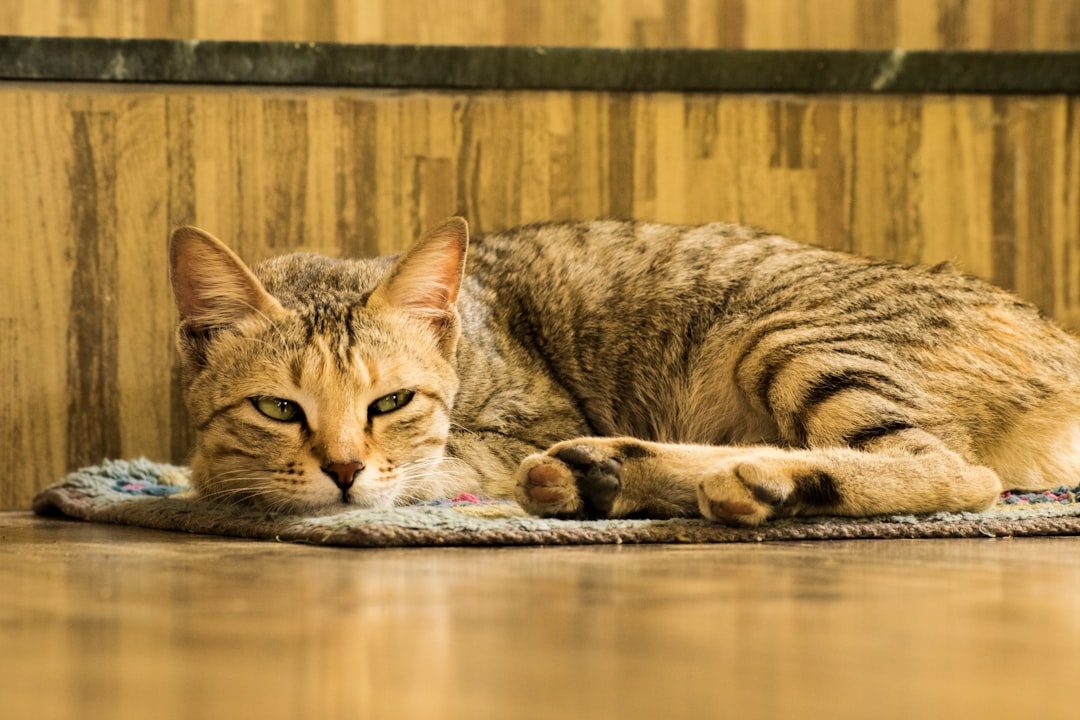
Many people think cats are low-maintenance pets that just nap all day. But when a cat gets bored, it can lead to behavioral problems like scratching furniture or aggression. Honestly, this misconception drives me crazy because bored cats are often labeled as “difficult” when they’re just understimulated.
Cats are natural hunters with complex needs for mental and physical engagement. Leaving them alone all day with nothing to do can cause anxiety and destructive behavior. When cats don’t have appropriate outlets for their energy and hunting instincts, they become frustrated and that frustration often manifests as grumpiness or aggressive behavior.
Use interactive toys, puzzle feeders, and window perches to keep your cat entertained. Incorporating cat enrichment ideas into your routine, like rotating toys or DIY cardboard mazes, can make a huge difference. A stimulated cat is typically a happy cat.
Misreading Their Body Language Signals

Research from the University of Adelaide shows nearly one in four people misidentify cats displaying clear signs of distress. Moreover, when researchers tried to fix this problem with an educational video, they accidentally made people worse at recognizing the subtle feline warning signs. This is particularly troubling because it creates a cycle where cats become increasingly frustrated.
When cats displayed subtle negative signals, “playful” (20.9%) and “frustrated/annoyed” (19.8%) were chosen at nearly equal rates. People also frequently selected “relaxed” and “happy” for cats showing early distress. This confusion offers an explanation as to why unwanted interactions continue to happen. People appear to genuinely mistake mild discomfort for contentment.
Ears flattened back against the head and slightly sticking out – “like airplane wings” – are a sure indicator your cat is upset, Shojai says. Don’t worry too much but do keep your distance. Learning to read these signals prevents escalation and helps maintain your cat’s trust. Signs include flicking tail tips, skin rippling, sudden tenseness, or even hissing and swatting. Even cats that crave attention will let you know when they’ve had enough if you watch attentively. Keeping your strokes gentle and brief, and paying attention to their body language, prevents negative reactions and preserves trust.
Conclusion
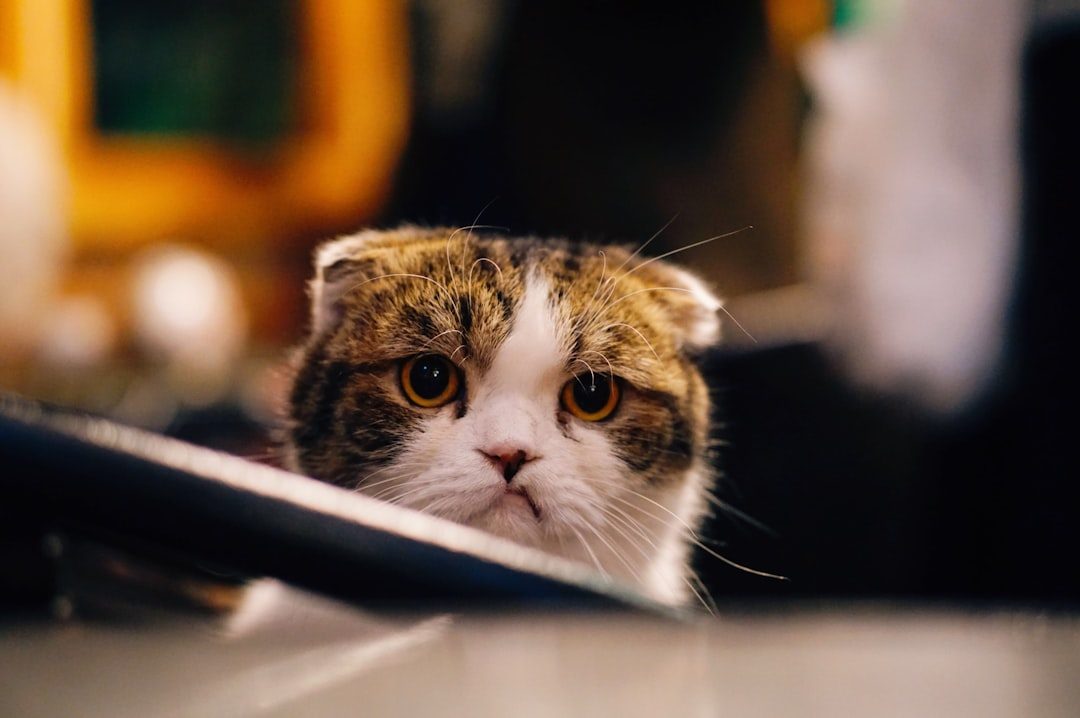
Understanding these common mistakes is the first step toward having a happier, less grumpy cat. Most of these issues stem from well-meaning owners who simply don’t understand their cat’s unique needs and communication style. The beauty is that small changes can make enormous differences in your cat’s mood and behavior.
Remember that every cat is an individual with their own preferences and personality. What works for one might not work for another, so pay attention to your specific cat’s signals and needs. By respecting their boundaries, keeping their environment clean and stimulating, and recognizing when they’re trying to communicate discomfort, you’ll likely see a dramatic improvement in their temperament.
What surprised you most about these mistakes? Have you noticed any of these behaviors in your own cat?





